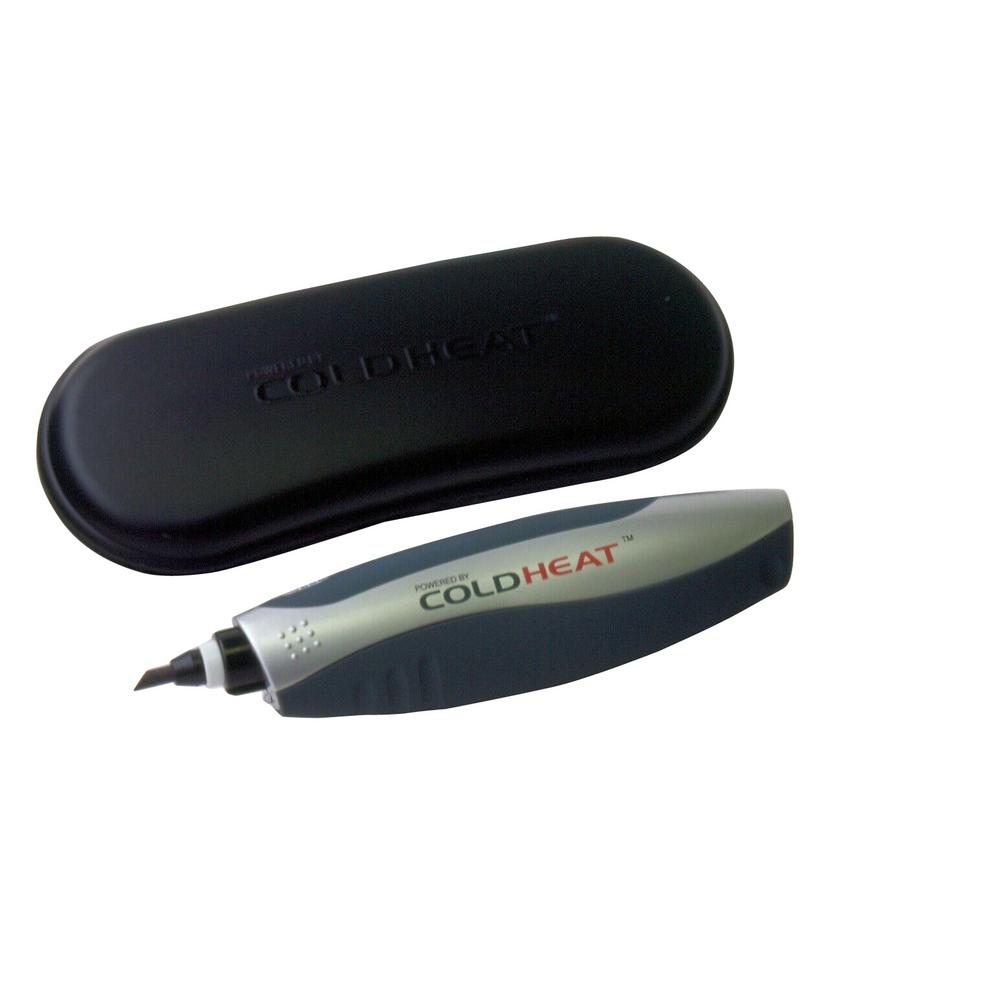The traditional soldering iron works by heating components to increase their temperature to the melting point of the solder. The solder then melts on the hot joint and the soldering iron removed to allow the solder to cool and harden. Most such soldering irons are powered by electricity or gas and take longer to cool down.
Cold heat soldering irons are somewhat different as batteries power them. Also, unlike traditional soldering irons, they heat up pretty fast and cool off almost instantly. Hyperion Industries using their Coldheat Trademark exclusively produces the soldering iron.
What Makes Traditional Soldering Irons Different from Cold Heat Iron
Heating Unit
It is the main feature that makes traditional soldering irons different from cold heat irons. Electric irons use a resistance heating unit similar to what is used in toasters and hair dryers.
An electrical current passes through the heating unit, and electrical resistance makes the unit hot. It is this process that makes the soldering iron take time to heat up and cool off.
Usually, the heating unit warms the tip by transferring energy. The molecules start moving faster and faster as the system heats up, and when cooling off, the molecules begin to slow down. The time the bit takes to cool off depends on emissivity (a measure of how efficiently a substance transfers heat to the surrounding).
Tip Material
Materials used to make soldering iron tips include nickel, copper, and chrome, and they have low emissivity. It explains the long time it takes for traditional soldering irons to cool off.
Cold heat soldering irons, on the other hand, use the heating system used on resistance soldering irons. The irons use two probes that look like tweezers, rods, or pliers to pass current through the solder. The solder then heats up fast because of the resistance to the current through the probes.
Construction of the Tip
The other difference lies in the construction of the tip. Cold heat soldering iron tips consist of two electrodes made from graphite. The material is a form of conductive high-temperature material and exhibits electrical resistance features.
Also, the tip is extremely lightweight, weighing two grams only instead of the 10-gram tip used on traditional soldering irons. Its lightweight nature causes it to heat up fast and cool down rapidly as well. A fresh set of four AA Duracell batteries produces a current of up to 4.5 amps.
Completing the Broken Circuit
Another feature unique to cold heat tools is the use of broken circuits transferred from the batteries. Once the cold heat tool is turned on, the switch closes the circuit. However, the parallel circuit remains broken until you have used a conductive material on the tip, in this case solder.
The solder completes the circuit by allowing current to pass through the second light. The electrical resistance feature makes the tip and the solder heat up fast, generating up to 500 degrees in one second as long as the tip lies against the metal. Since dry skin does not conduct electricity to complete the circuit, the tip remains cool when you touch it.
Procedure for Using Cold Heat Soldering Irons
Set Up the Iron
Remove the protective cover at the tip and insert it at the end of the unit, so the inner contacts fit into the slots of the tip mount. Fit AA batteries into the compartment with the positive ends facing the tip. Close the cover and tighten the screws.
Switch On the Tool
Push the switch to the ‘On’ side. A red light turns on, and a white penlight sends the beam in a single direction if the unit is functioning correctly. The iron tip does not generate heat until it comes into contact with a conductive material.
Place the solder against the tip and make sure it is touching both sides of the separated tip to complete the circuit. Then, remove the cold heat soldering iron from the metal immediately because the tip continues to heat as long as it is still in contact.
You can experiment with the different tips. Most cold heat soldering irons come with bevel tips but cone and chisel-shaped tips are also available.
Safety Tips
- Apply moderate pressure on the tip as it is fragile
- Avoid touching the tip of the tool when the red power light is on
- Avoid using the tool on temperature-sensitive components


